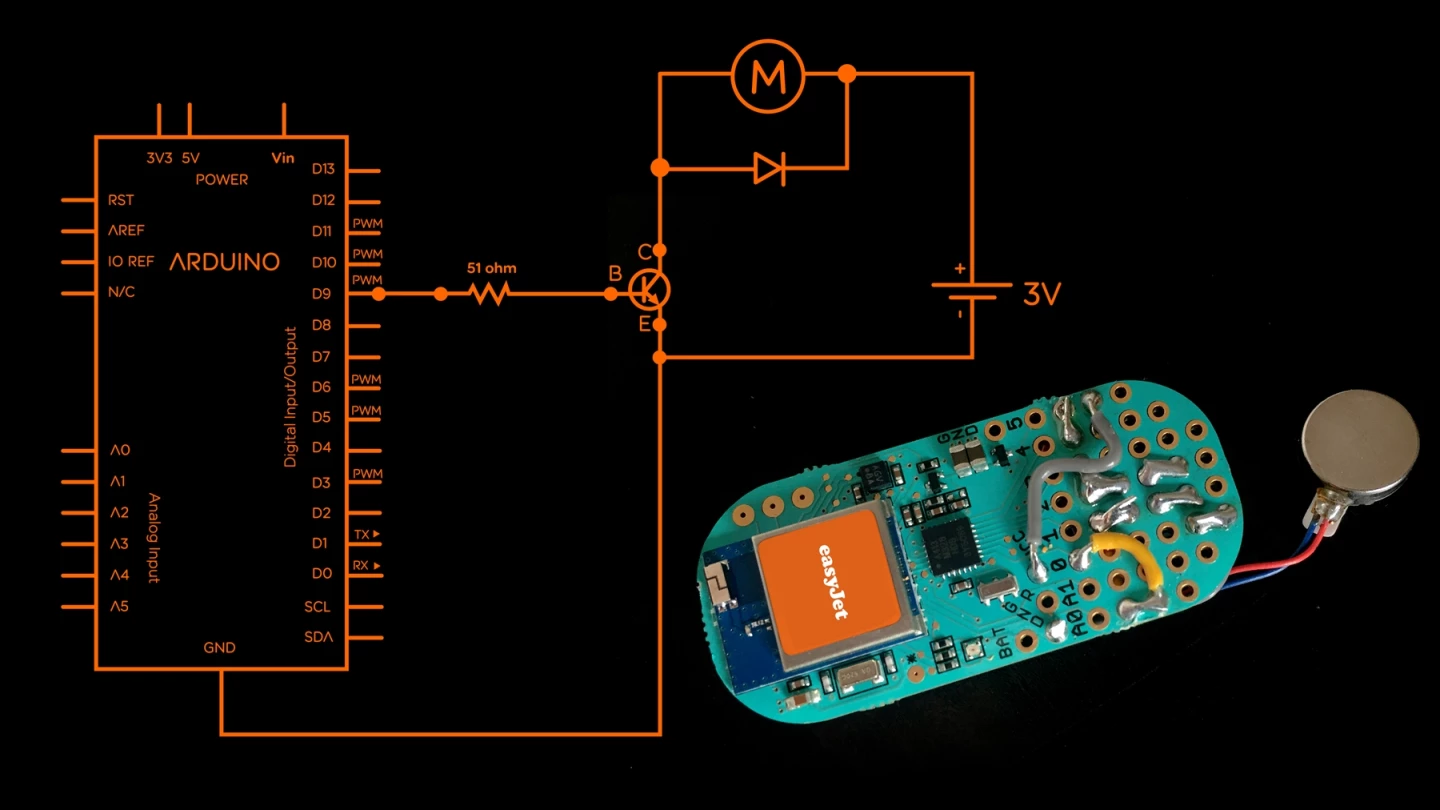European airline easyJet has made getting around the continent easier and cheaper, and now it's given wings to an idea that would make it easier for its passengers to get around when they reach their destination. Its new "Sneakairs" prototype smart shoes vibrate to provide wearers with directions when exploring a new city.
Like the SuperShoes and the Lechal footwear, the Sneakairs were developed to help users navigate a city without the need for constantly looking at a smartphone screen. For easyJet passengers, of course, this could mean taking in the sights of an entirely new city with fewer distractions.
The shoes were built using open-source hardware, with each foot containing a miniaturized Arduino clone, a Bluetooth module and a vibration motor said to be similar to those in current smartphones. The components are contained in a plastic housing that also helps to distribute vibrations throughout the sole of the shoe. The system was programmed in Arduino Sketch.
Bluetooth Low Energy is used to connect the in-shoe components to an accompanying iOS app. The app has a communication and control aspect for the in-shoe devices, as well as a navigation aspect that is based on Google Maps and the Google Maps Directions API.

Users set their destination via the app, which calculates a route and uses GPS to track their location. The app is designed to run in the background, so once a destination has been set the user can put their phone away in a pocket. The system then detects when users are approaching an intersection and sends a vibration to the appropriate foot to guide them in the correct direction.
In addition to sending vibrations to the left or right foot depending on the required direction, the shoes will both vibrate twice consecutively should the user miss a turning or take a wrong turn. If they get lost or choose to continue deviating from the route, the route will be recalculated so as to ensure that they'll still reach their chosen destination. Three consecutive vibrations on both shoes indicate that the user has arrived at their destination.
The Sneakairs were unveiled at easyJet's "Barcelona Street Project" event, where testers were given pairs of the shoes in order to navigate Barcelona. easyJet says the prototype could be developed for passengers on its flights to purchase on-board in the future.
The video below explains how the Sneakairs work.
Sources: Barcelona Street Project, easyJet








